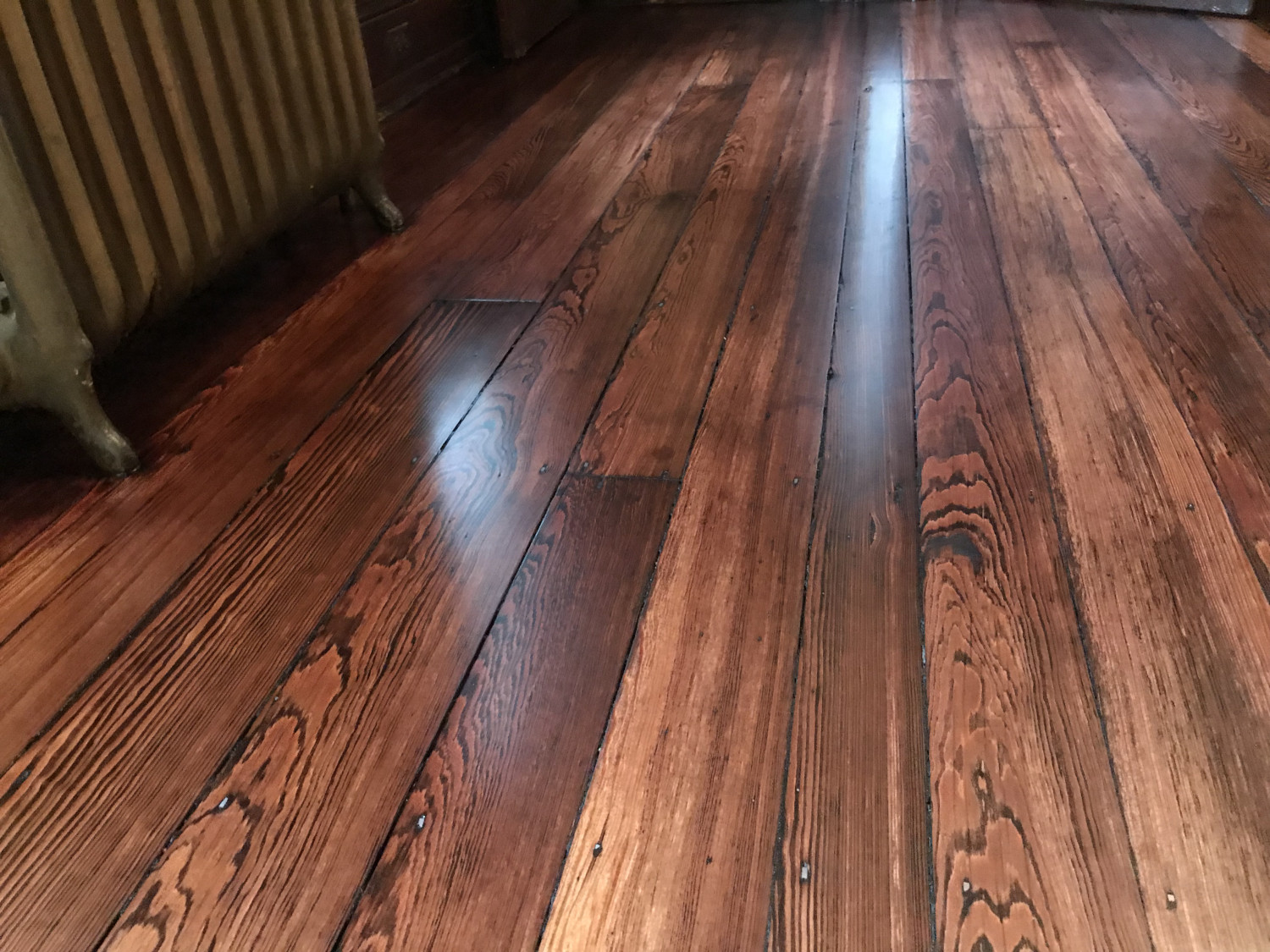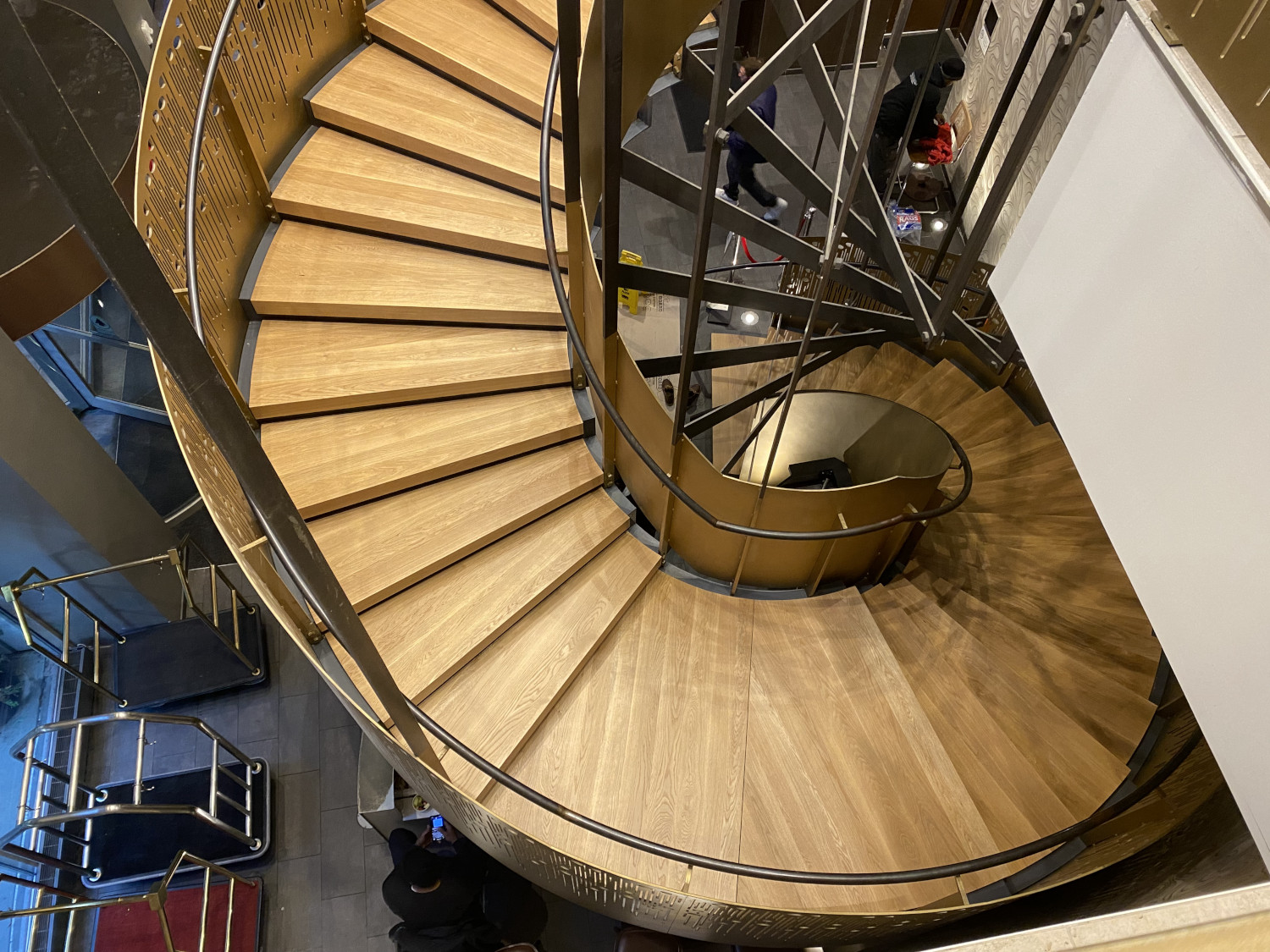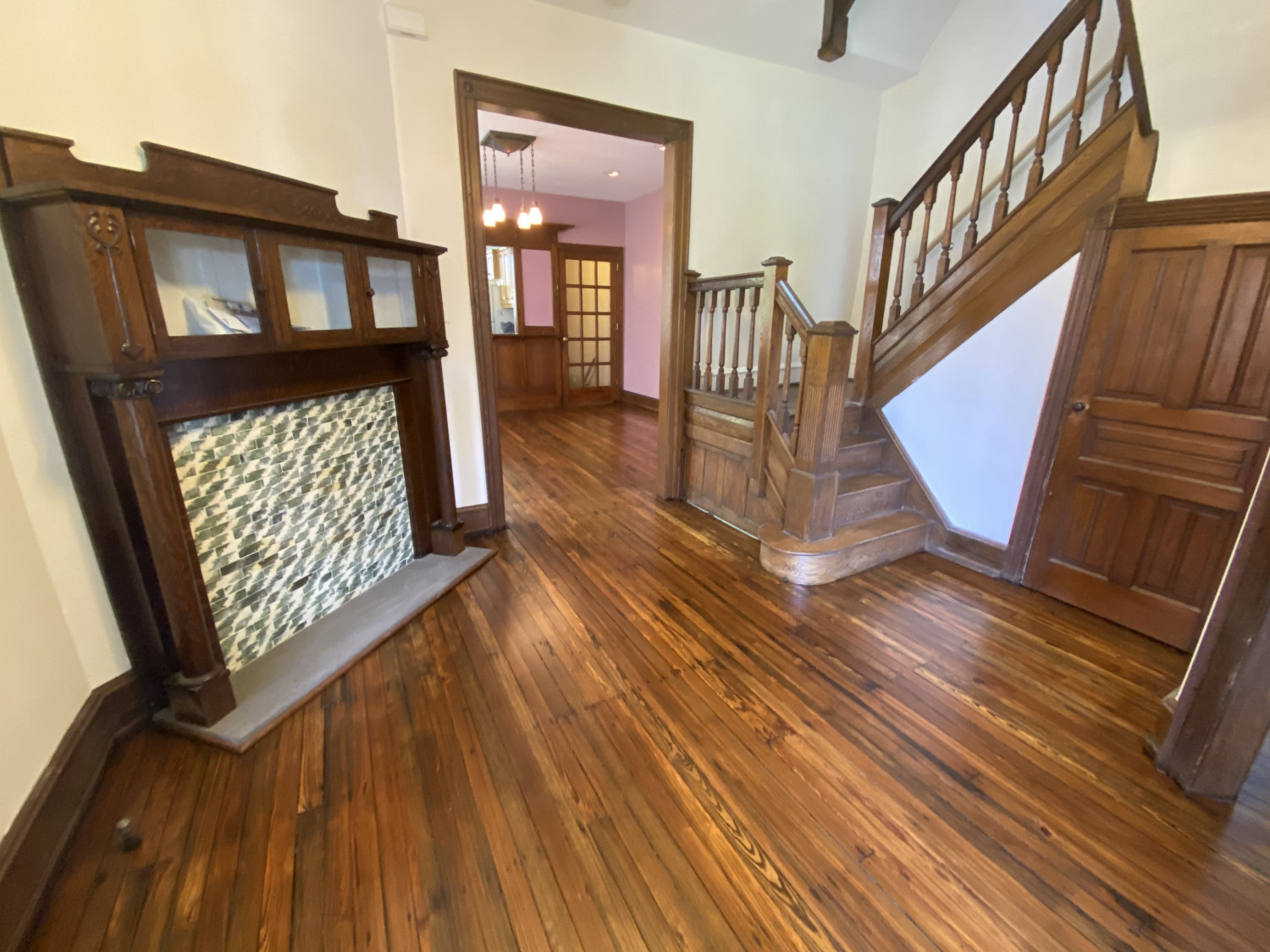The Pro's and Con's of White Oak Flooring: What You Need to Know
When selecting hardwood flooring, white oak often emerges as a leading choice. Its elegant appearance, durability, and adaptability have made it a favorite in many homes. But like any material, it has trade‑offs. In this post, we’ll go through what makes white oak a strong choice, along with the aspects you should be cautious about, so you can decide whether it fits your home, style, and long-term goals.
The Upside: Why White Oak Is So Popular
1. Durability & Hardness
White oak is a hardwood known for its exceptional strength and resilience. Its Janka hardness rating, around 1,360, makes it harder (in many cases) than red oak, meaning it resists denting and wear better. For homes with pets, kids, or heavier foot traffic, that toughness is a real asset. With proper finishing and maintenance, white oak floors can last decades, even generations.
2. Water Resistance & Stability
One of white oak’s advantages over some other hardwoods is its relatively better handle on moisture. Because it has a “closed grain” structure (many of its pores are plugged), it is somewhat more resistant to moisture infiltration. That doesn’t mean it’s waterproof, far from it, but it’s less vulnerable to warping or cupping under moderate fluctuations in humidity. For many homes in climates with seasonal humidity changes, white oak tends to stay more stable than more porous species.
3. Versatile Aesthetic & Staining Flexibility
White oak has a more neutral, subtle grain compared to some stronger woods, making it adaptable to a wide range of design styles, including modern, traditional, rustic, and transitional. Because it doesn’t carry strong reddish or pink undertones (as red oak does), white oak takes stains quite well, light, dark, gray, or even more exotic hues, while preserving a clean, contemporary look. And if you ever want to change the look, refinishing is a viable path.
4. Long-Term Value & Refinishing Potential
One significant advantage is that white oak, being a genuine hardwood, can be sanded and refinished multiple times (especially if it’s solid or thick-engineered). This allows you to refresh its look without replacing the floor entirely. Well-kept white oak floors often become a compelling selling point for homes, adding both aesthetic and market value over the long run.
5. Availability & Sustainability
Because white oak is native to North America and relatively abundant, sourcing is often easier and supply is more steady than for exotic woods. Many manufacturers also source from responsibly managed forests, meaning you can find FSC or similar certifications. Moreover, choosing domestic wood reduces transportation impacts and supports local forestry industries.
The Downside: What You Should Watch Out For
1. Cost Premium
Because white oak is in demand (and sometimes less abundant in the largest or most premium boards), it can carry a higher price tag compared to more common hardwoods like red oak. The cost difference is more pronounced on wide planks or for premium grades. If you’re working with a tight budget, that difference could matter.
2. Susceptible to Scratches & Wear
Although white oak is durable, it is not immune to scratches, dents, or wear, especially in homes with pets, heavy furniture, or high-traffic areas. Over time, areas of high traffic can show signs of wear that may require refinishing. The finish you choose (in terms of hardness, quality, and type) plays an equally significant role.
3. Sensitivity to Sunlight & Color Changes
White oak, like many woods, can change color over time when exposed to UV light. Some areas may appear darker or lighter, resulting in a subtle variation in tone across the floor. To mitigate this, homeowners often rotate rugs or furniture and use UV-blocking window film or curtains.
4. Installation Complexity & Density Challenges
Because white oak is dense, it can be harder to mill, shape, or work with compared to softer woods. This may require more skilled labor and can raise installation costs or time. Additionally, improper installation, particularly in homes without precise moisture control, can lead to issues such as warping, gapping, or squeaks as the wood expands and contracts seasonally.
5. Not Ideal for Extremely Wet Areas
Although more moisture-resistant than some hardwoods, white oak is not meant for environments with constant exposure to water, like full bathrooms, sunrooms, or below-grade damp basements (without proper moisture barriers). Excessive moisture or standing water can cause swelling, warping, or damage to joints.
Choosing White Oak: What Makes It Right (or Not) for You
When deciding whether white oak is the ideal flooring for your space, consider these key factors:
- Lifestyle & Foot Traffic
If your home sees heavy use, kids, pets, and entertaining, you’ll want the toughest finish possible to pair with white oak’s natural durability. - Design Preferences
If your aesthetic leans toward modern, Scandinavian, or minimalist styles, white oak’s subtler grain and neutral tone may suit you better than more traditional, “busy” woods. - Environmental Conditions
Homes with controlled humidity and stable conditions are ideal. If your space experiences drastic swings in moisture or temperature, white oak may move more visibly unless it is treated carefully. - Budget & Priorities
If cost is a major constraint, weigh whether paying a bit more now yields long-term benefits, such as refinishing and increased longevity. - Future Flexibility
If you might want to change the stain or finish later, white oak gives you that flexibility. However, if you prefer a look that you’ll never change, then premium exotic woods might be a better option.
Our Take (Yes, We’re a Bit Biased)
At Artisan Wood Floors, we have a special affinity for hardwood, particularly white oak. Why? Because we’ve seen how it evolves, ages gracefully, and holds up when properly cared for. Sure, every wood has trade-offs, but white oak often offers a sweet balance of durability, aesthetics, and long-term value.
If you’re drawn to the clean, timeless look of white oak, we can guide you through the right grade, width, finish, and acclimation strategy to ensure your floor weathers the test of time beautifully. And because we live and breathe wood, we’ll help you anticipate drawbacks, so the surprises are minimal.
When you’re ready to move forward, ask for Steve. He knows white oak inside and out, and he’ll personally guide your project from layout to finish. Contact Artisan Wood Floors to discuss your space, budget, and vision. Let’s build a floor that doesn’t just look good now, but endures.
Recent Hardwood Flooring Projects in Philadelphia & NJ




0 Comments